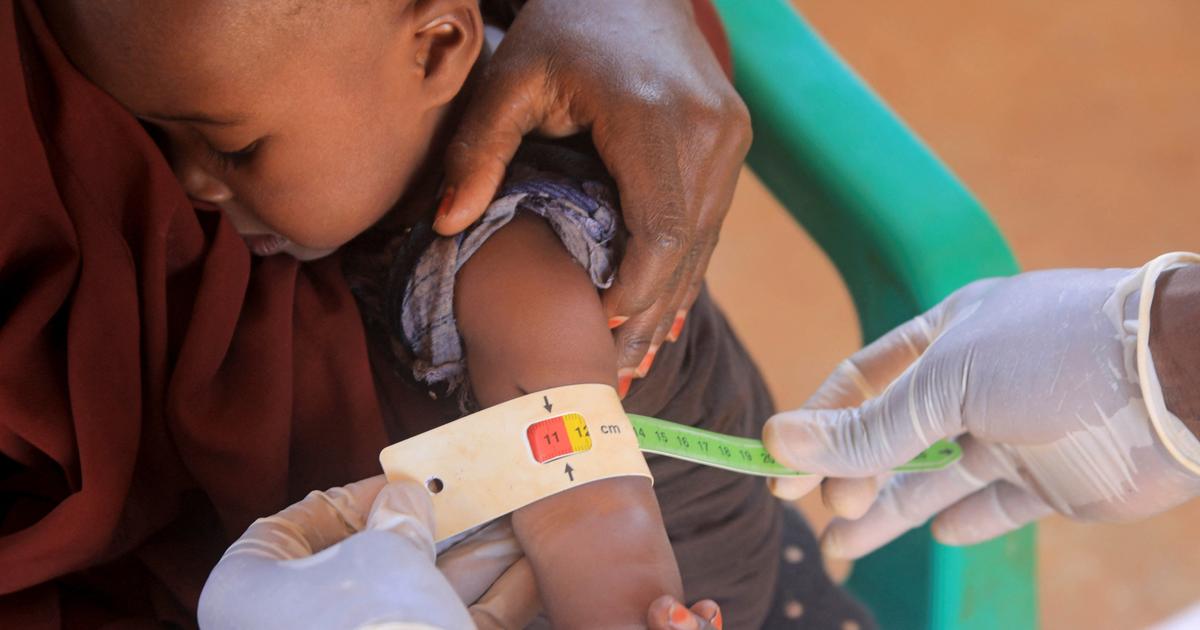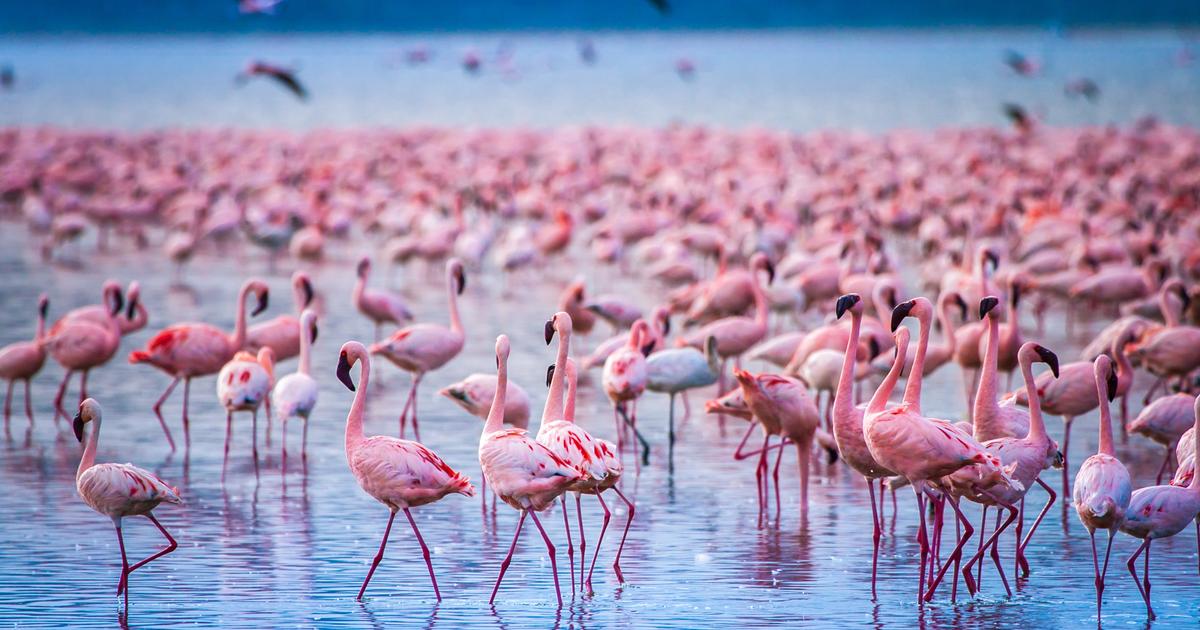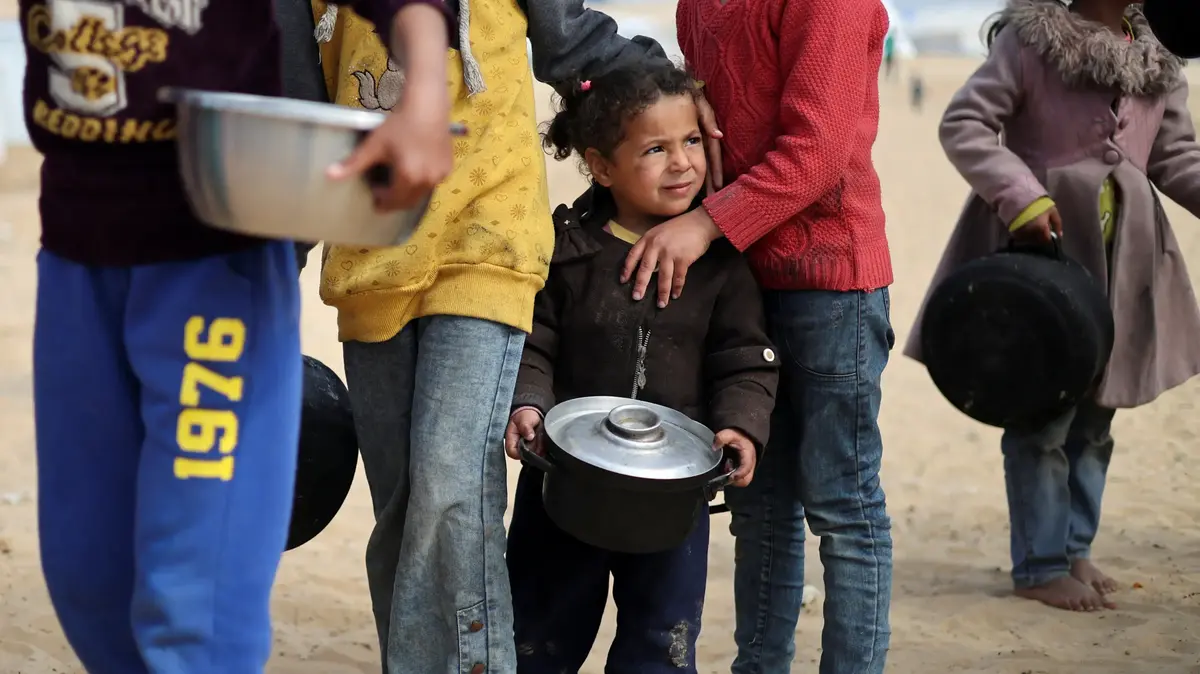Some 129,000 people have reached the maximum level of food insecurity in the Greater Horn of Africa region, which has been plagued by a terrible drought for several years, the World Health Organization (WHO) warned on Friday.
This is the equivalent of the population of a large city like Limoges or Annecy.
“
When I talk about the Greater Horn of Africa, I am referring to Djibouti, Ethiopia, Kenya, Somalia, South Sudan, Sudan and Uganda,” explained an official
from WHO in the region, Liesbeth Aelbrecht, by videoconference from Nairobi.
In this region, she said, “
we are seeing an upsurge in epidemics and the highest number of malnourished children in years, with millions affected, all against a backdrop of deteriorating prospects. on food insecurity
”.
According to the WHO, 48 million people face a critical level of food insecurity in the region.
Of these 48 million people, 6 million are in an “ emergency
” food insecurity situation
(phase 4 of the Integrated Food Security Phase Classification, IPC) and 129,000 in a “
disaster
” situation.
(phase 5), the maximum level.
Of those 129,000, 33,000 are in South Sudan and 96,000 in Somalia, according to Liesbeth Aelbrecht.
People in phase 5 are "
looking death in the face
", the WHO said.
According to the Climate Prediction and Applications Center (ICPAC) of Igad, a grouping of East African countries, current conditions are worse than before the 2011 drought that led to famine and deaths of thousands of people.
This region is one of the most vulnerable to climate change, with increasingly frequent and intense crises.
The five consecutive failed rainy seasons have so far caused the death of millions of livestock, the destruction of crops, and forced millions of people to leave their areas to find water and food elsewhere.
Measles, dengue fever, cholera, malaria... this food insecurity is at the origin of an increase in epidemics, according to the WHO, which needs 178 million dollars to support the populations of the region this year.
“
The Greater Horn of Africa has never experienced such a high number of epidemics in this century
,” said Liesbeth Aelbrecht, stressing the link between the increase in the frequency of epidemics and climate change.
“
With climate change a reality, these shocks are going to become more and more recurrent, and what we need is large-scale and continued humanitarian assistance with longer-term investments to strengthen existing surveillance.
diseases to stop them at the first signs, she said.















